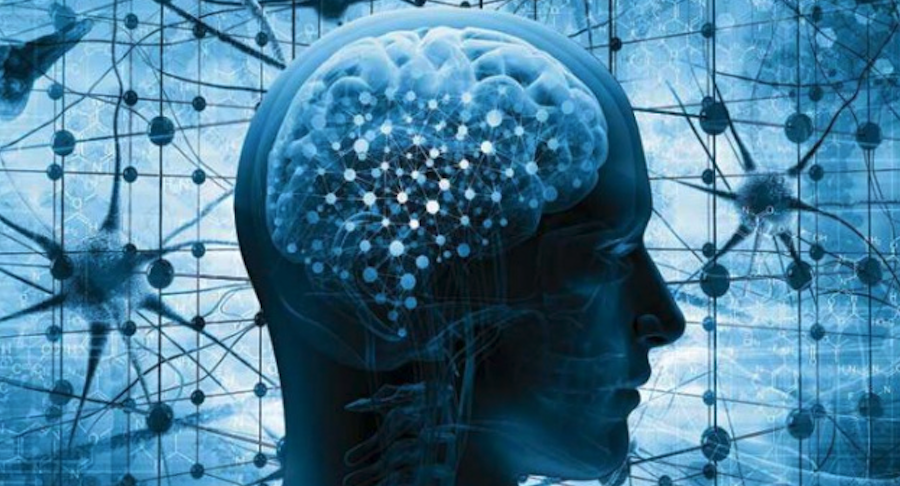Do salamanders hold clues to treating damaged human nerve cells? A UK research team aims to find out.

How are salamanders connected to the human central nervous system? A research team at the University of Kentucky College of Medicine believes a quality of this amphibian could lead to game-changing treatment for damaged nerve cells in humans.
If a salamander’s limb is cut off, the animal can actually regenerate it to its full function. Among its multiple projects, the Brain Restoration Alliance in Neurodegeneration (BRAIN) is investigating if salamanders hold clues to unlocking the ability of the human brain to regenerate itself after cells have been damaged by accidents or neurodegenerative diseases.
“One of the fundamental problems of the brain and the central nervous system is that if you have an injury within the brain or spinal cord, it's relatively permanent. That tissue doesn't repair itself, but the nerves outside of the brain do repair themselves,” Craig van Horne, MD, PhD, the team’s lead investigator, said. “And so, what our cell therapy is focusing on is the ability of the peripheral nervous system to repair itself.”
Dr. van Horne wants to find out how those cells can be delivered directly into the brain and its disease areas to help the regenerative process. “And if we can understand how the salamander can do it, not only for its nerves, but for an entire limb, what can we learn that can help us unlock the secrets in the brain?” he said.
The BRAIN Alliance is a diversely trained group of scientists, physicians, and medical professionals who are focused on neurodegenerative disorders and their treatments. A collaboration of clinical, basic, and translational science is being used to analyze treatments and outcomes of patients with Parkinson’s disease, Huntington’s disease, movement disorders, cognitive decline, and other disorders associated with the neurodegeneration. With current technologies, damage to the brain and spinal cord are not reversible.
Principal investigators Dr. van Horne, Greg Gerhardt, PhD, and Randal Voss, PhD, combine their clinical and scientific expertise to lead the team. Dr. van Horne is chair of the department of neurosurgery and an internationally recognized expert in neurosurgery, and the diagnosis and treatment of movement disorders. Dr. Gerhardt is professor of neuroscience engaged in translational and clinical research for neurodegenerative disorders. Dr. Voss also is a professor of neuroscience, and as an expert in regenerative biology, he leads research of salamanders in his laboratory.
Improving clinical care is the focus of the team. Many members participate in active clinical and research trials aimed at the development of treatments to inhibit or modify disease progression. One ongoing trial has more than 70 participants.
Cellular therapies are being used in conjunction with FDA-approved deep brain stimulation to restore degenerated brain tissue and alter the course of disease in patients with Parkinson’s disease. In these patients, peripheral nerve cells with innate abilities to regenerate are being placed in the brain at the time of the deep brain stimulator implant.
Other projects include the testing of gene modification to inhibit the breakdown of brain cells over time in those with Huntington’s disease. Some members have been testing beta amyloid levels preoperatively to determine if these values can help predict outcomes in patients receiving deep brain stimulation. Genetics and proteomics in models of the axolotl (a type of salamander) are being studied for their limb regeneration and how that information might apply to repairing damaged nerve cells in the human central nervous system.
“Historically and currently, we treat symptoms, and that's just not good enough,” Dr. Gerhardt said. “We could change the landscape of treatment of a lot of these neurodegenerative diseases if we could slow the progression of the disease by a couple years, and that’s a big push – to find therapies that we can implement.”
No other university or institution is researching the specific topics being researched by the BRAIN Alliance. This provides Kentucky residents the chance to participate in research happening nowhere else in the world. The vast majority of clinical research trial participants are from Kentucky and have the unique opportunity of receiving FDA-approved treatment with the addition of therapies not available elsewhere.
For more information on BRAIN and the other Alliance teams, visit www.med.uky.edu/alliance.




